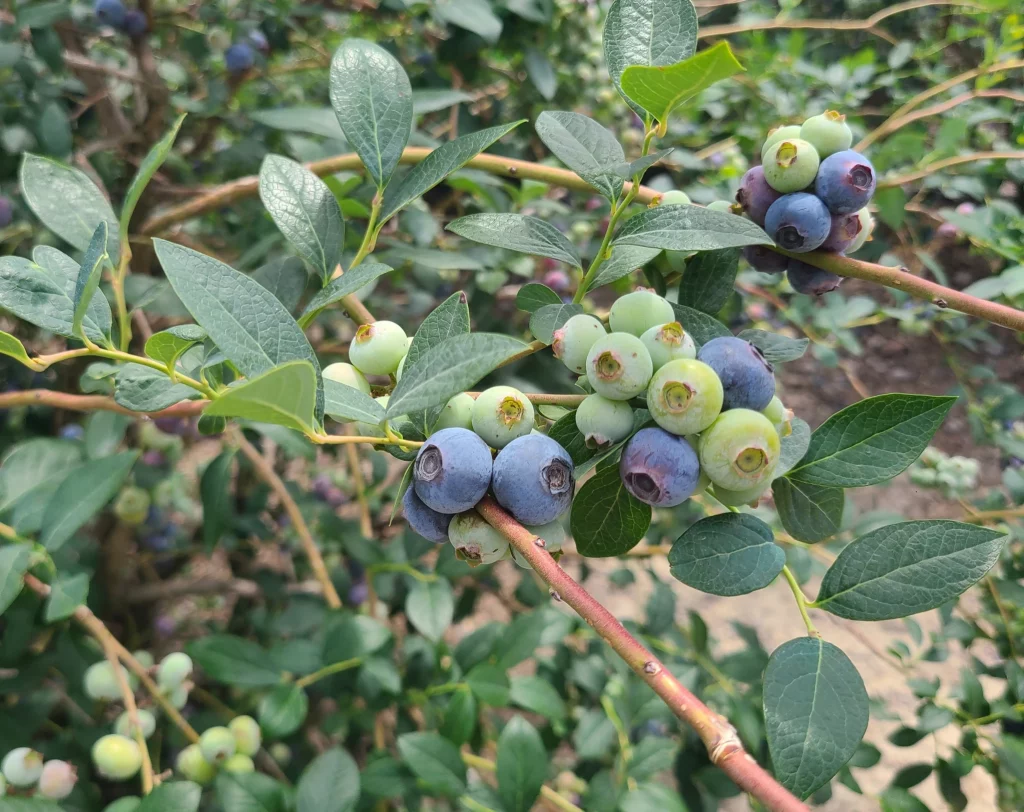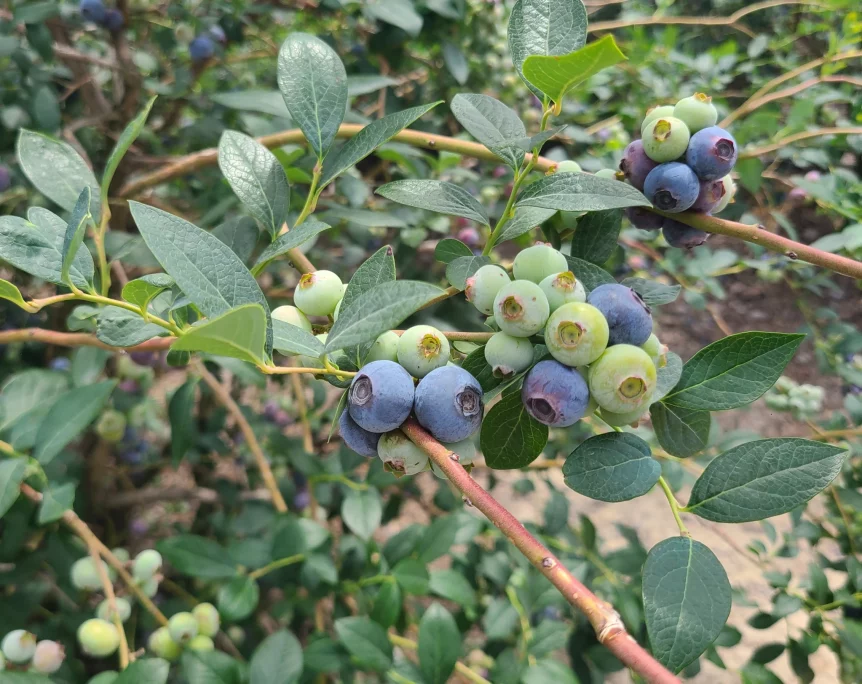
Weekly Field Update
Clemson Extension agents provide updates in The South Carolina Grower this week about the status of various crops being produced throughout the state.
Midlands
Phillip Carnley
- Brassicas are doing well with the cooler nights, but there has been an observed increase in diamondback moth occurrence. Make sure to rotate modes of action to avoid resistance. Cucumber beetle has also been seen in the fields with some feeding damage.
- Onions are coming in with great quality and flavor to boot.
- Strawberry production is still very high across the Midlands, with the predominant issue being phytophthora crown rot. This disease will only get worse as our daytime temperatures increase. If treating, keep an eye out for the PHI of the product being used as Orondis gold has a 28-day PHI.
- Peppers and tomatoes are doing quite well with the first of the Florida weave support being done. As temperatures continue to increase, keep an eye out for Southern stem blight. I have seen some carryover/drift from herbicide applications, so be mindful of when chemicals have been applied and the weather conditions at application.
- Blackberries are starting to fruit heavily with Ponca starting to show signs of coloring up. There is still some lingering leaf rust and some cane anthracnose. Both can be treated at the same time with the same chemicals. Abound, Pristine and Quilt Xcel are all shown to be very effective.
- Watermelon is doing well with the biggest issue for my growers being leggy plants being blown every which way.
- Cucumbers are still being planted.
- Blueberry production is looking great with good size and little to no cold damage being seen compared to last year.
- Peaches are looking good so far. Peaches are starting to size up nicely with a little gummosis being seen. Make sure you are keeping up with your summer spray program to ensure that the crop is marketable.
Rob Last
- It has been a glorious spring week in the Midlands, with plenty of excellent produce coming to market from leafy greens, herbs through strawberries.
- Levels of sunscald are coming down in strawberry crops with sanitation practices being critical. Low levels of anthracnose and gray mold are being observed. Remember to keep rotating fungicides.
- Mites and thrips are active in crops with no damage being seen from thrips.
- Tomatoes and peppers are growing well with first tie complete. Keep scouting for pests and diseases.
- Aphids are present in many crops with treatments becoming necessary. Remember to choose the most selective insecticide and observe pre-harvest intervals.
Sarah Scott
- We are going into a dry spell along the Ridge, and it looks like we do not have any significant rainfall in the forecast. Consistent moisture/watering is very important in vegetable crops to allow for proper nutrient uptake.
- Many growers around the Ridge have been mechanically thinning peaches, using a shaker to ensure proper fruit sizing. This is much faster than hand thinning, but great care must be taken to not damage the trunks or shake too many fruit off. Bacterial spot is showing up in some areas, mainly on foliage. But I have started seeing it on small fruit as well. Growers should stay on top of their summer cover sprays and rotate products to reduce resistance buildup. Be mindful of copper rates, as too high can cause phytotoxicity and defoliation.
Pee Dee
Christiana Huss
- Hail damage was seen across the region. Strawberries have ripped leaves and damaged fruits. Be sure to remove damaged fruits since they can be an entry point for disease. Some strawberry fields are being hit hard with root and crown rot diseases likely exacerbated by recent rain. Fields with standing water for long periods are more prone to these diseases.
- Unfortunately, newly planted seedlings like peppers and watermelons were completely destroyed by hail in some areas.
- We visited a few stands of tomatoes, potatoes and squash this week. They are looking great!
Brittney King
- Parts of the Pee Dee had some mild hail damage over the weekend, but growers did not have any serious plant loss.
- Strawberry growers were busy picking off damaged fruit this week and getting out protectant sprays to prevent foliar and fruit diseases from the hail damage.
- Cucurbit crops like squash have begun to set fruit. It is important to scout your cucurbit crops for pests like cucumber beetles, squash bugs and spider mites at this time to prevent yield loss.
- I have seen spider mites present in just about every crop I have looked at over the past week or two.
- Muscadines are still leafing out, and blueberries should be ready to start harvesting this week.
- Brassica crops generally look good, with low disease levels. But diamondback moth numbers have increased over the past few weeks. It is important to rotate different modes of action to prevent resistance.
Upstate
Andy Rollins
- The peach crop is looking very good overall. At some farms, I’m finding powdery mildew. Low powdery mildew levels warrant using sulfur in the next cover spray. Tilt is also labeled and will perform better if powdery mildew levels are higher. We had some isolated hail with significant effects, but only in one county, and the full impact is unsure.
- Strawberry growers on multiple farms are still struggling from root rot issues caused by different fungal species. Phosphites, like Rampart and Prophyt, are helpful for these issues, coupled with liquid phosphorus injections for new root growth. Most have used up their two Orondis Gold applications; otherwise, this would be an option. We need to attack this disease in the fall after planting the next crop.
- No major issues with vegetable crops at this time.










